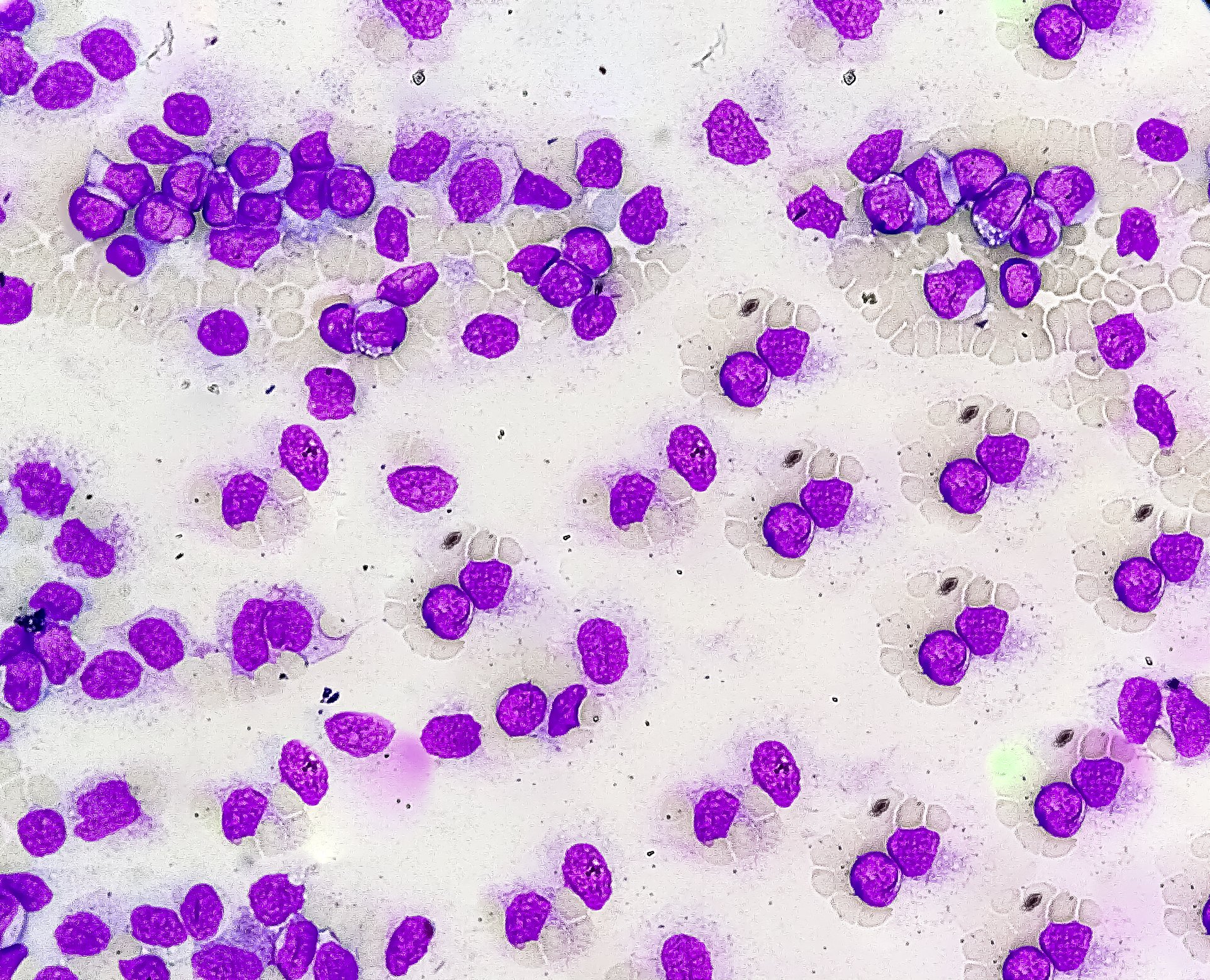Differentiated diagnostic options are designed to enable therapy that is tailored to individual needs. However, in hematologic neoplasms, established treatment options are also effective.
For the treatment of rare indolent lymphoma, R-Benda (rituximab and bendamustine), DRC (dexamethasone, rituximab, and cyclophosphamide), and BDR (bortezomib, dexamethasone, and rituximab) are primarily used. These three regimens were compared in terms of their effectiveness. Patients with WM who were evaluated at Mayo Clinic between 2000 and 2018 and were on one of three primary therapies were included.
There was a clear advantage for the combination of rituximab and bendamustine (R-Benda). The ORR was 95%, whereas BDR was 81% and DRC was 76%. Complete remissions of as much as 10% could only be demonstrated for the R-Benda regimen. Very good partial remission (VGPR) was 21% and partial remission was 62% (Fig. 1). However, with regard to overall survival, there were no differences between the individual therapeutic approaches.
The retrospective cohort demonstrated that first-line R-Benda therapy was superior to DRC or BDR in terms of response, time to next therapy, and progression-free survival, independent of a MYD88L265P mutation. In terms of their toxicity profile, the three regimens were comparable. Only under BDR did grade 3 neurotoxicity occur in 13%.
Further reading:
- Abeykoon JP, et al: Outcomes with rituximab plus bendamustine (R-Benda), dexamethasone, rituximab, caclophosphamide (DRC), and bortezomib, dexamethasone, rituximab (BDR) as primary therapy in patients with Waldenstrom macroglobulinemia (WM). ASCO Annual Meeting 2019, Abstract 7509.
InFo ONCOLOGY & HEMATOLOGY 2019;(2-3): 30 (published 6/17/19, ahead of print).











